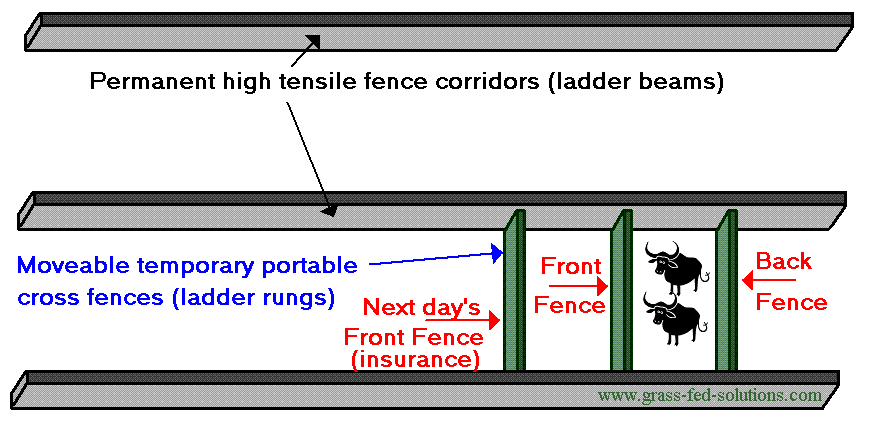Luke Groce wrote:Does anyone know if he, or others running these systems, are fencing out their cattle and other animals by running their hot wires a few feet outside of the young woody ag plantings (which are in long, basically on contour rows, typically)? If so, how far from a brand new planting does the hot wire need to be? Should one be concerned with the fertility from the cows all dropping a few feed away from the young seedlings, and not in more close?
If this is how one would graze in a new Restoration Ag type system, how wide would an alley need to be, in order for a herd to feel comfortable grazing in there?
Is there an age or size where you might say an apple tree is able to withstand a herd having access to it for a one day grazing rotation?
Is there a time of year where the apple tree is less palatable to the cows?
Before doing something, I always want to be willing to hear the best reasons not to do it. So Adam: given that you recommended, based on your experience, keeping the Apples and cows separated, would you give any caveats, or would you say under which circumstances you think it might work? Would you have any trouble seeing this working if planted with wide enough alleys, and managed this way? Would you have any suggestions for someone setting up this system so that they could have success, and not just trampled seedlings? Any more warnings, advice?
Great topic and questions Luke. I really like Mark Shepard's work, and though it is not the design approach that I followed at Bella Farm, it is one that I would certainly like to play with sometime in the future.
Planting long rows of trees on contour would work really well with rotational grazing. I would run a hot poly wire on each side of the tree row. Cows love to destroy trees. I believe it is an instinct of their to create more grassland. So they destroy young trees for sport. The fertility from the adjacent manuring would be a positive thing, for sure.
I would make my rows of trees 30-40 feet apart. This would allow for comfortable grazing management, and room for the trees to grow.
I would not let my herd touch my trees for a long, long time. Like decades. I love young trees way too much to let them suffer the destruction of cows. With just a one day rotation, you could get away with allowing access in the fall, but the cows will definitely cause some damage. The question would be, do the cows do more harm than good during that one day of grazing. That would be something to observe and evaluate.
Time of year would have more to do with the yearly cycle of the tree, rather than the cow's preference for the tree. The damage gets done to the trees by the cows rubbing, pushing, horning, sitting, and thrashing the trees. The nibbling of leaves is a minor concern.
All in all, I would say this system is a great idea. Use large lanes and portable electric fence to keep the cows managed properly. Otherwise I am very excited about designs like this for dairy farms. Do it! and then let us know how it goes.
good luck!






